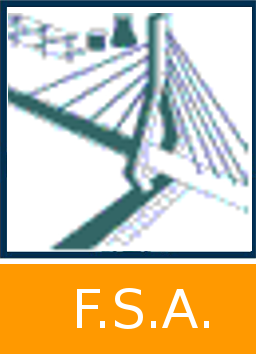Object detection for waste sorting
Rumfels, Océane 
Promoteur(s) :
Louppe, Gilles  ;
Rebbouh, Leila
;
Rebbouh, Leila
Date de soutenance : 24-jui-2021/25-jui-2021 • URL permanente : http://hdl.handle.net/2268.2/11486
Détails
| Titre : | Object detection for waste sorting |
| Auteur : | Rumfels, Océane 
|
| Date de soutenance : | 24-jui-2021/25-jui-2021 |
| Promoteur(s) : | Louppe, Gilles 
Rebbouh, Leila |
| Membre(s) du jury : | Boigelot, Bernard 
Sacré, Pierre 
|
| Langue : | Anglais |
| Nombre de pages : | 65 |
| Mots-clés : | [en] object detection [en] waste sorting [en] waste classification [en] detection benchmark study for waste sorting [en] classification [en] YOLO [en] ResNet [en] RetinaNet [en] Faster R-CNN |
| Discipline(s) : | Ingénierie, informatique & technologie > Sciences informatiques |
| Public cible : | Chercheurs Professionnels du domaine Etudiants |
| URL complémentaire : | https://github.com/oceanerumfels/Object-detection-for-waste-sorting |
| Institution(s) : | Université de Liège, Liège, Belgique |
| Diplôme : | Master en ingénieur civil en informatique, à finalité spécialisée en "intelligent systems" |
| Faculté : | Mémoires de la Faculté des Sciences appliquées |
Résumé
[en] As household waste increases, it becomes more and more important to sort and recycle. However European studies suggest that there is still an important part of incorrect sorting, and that many citizens could use an assistance of some sort. In the last few years, computer vision algorithms have been used to tackle this problem with high classification accuracies. However, fewer works required a sorting with more than six classes, as some features might become too difficult to distinguish. This thesis presents a comparative study of several object detection algorithms, for sorting of trash pieces following IDELUX's sorting directives and real-time constraints. IDELUX's dataset of 10050 waste images is divided into 12 classes. Some of those classes are very similar and with an important imbalance in the number of samples per class, this dataset presents a new challenge in the waste detection field. Four algorithms were specifically trained and tested in order to determine which architecture was the fittest to perform the task, whether it could be performed by a simple classifier, a one stage or a two stage detector. The proposed objects detectors are RetinaNet, YOLOv5 and Faster R-CNN, while the chosen classifier is a ResNet model. The models were evaluated on their accuracy, their mean average precision, their IOU, their inference time and their training time. For this specific project, ResNet outperforms all of the other models and achieves an accuracy of 90 \%. Overall, the results show that classification and detection algorithms are capable of tackling more complex waste sorting problems than the ones currently explored in the literature.
Fichier(s)
Document(s)

 Rumfels_Oceane_Master_Thesis.pdf
Rumfels_Oceane_Master_Thesis.pdf
Description:
Taille: 167.41 MB
Format: Adobe PDF
Citer ce mémoire
L'Université de Liège ne garantit pas la qualité scientifique de ces travaux d'étudiants ni l'exactitude de l'ensemble des informations qu'ils contiennent.


 Master Thesis Online
Master Thesis Online




